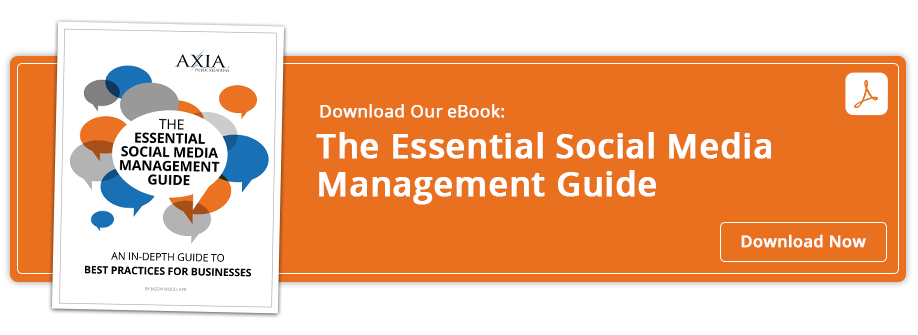Take control of your blog content with an editorial calendar template
By Lisa GoldsberryFebruary 27, 2017
 Use these PR tips to make blogging easier
Use these PR tips to make blogging easier
Fantasy and science fiction writer Ray Bradbury said, “I don’t need an alarm clock. My ideas wake me.” For the rest of us, creating ideas and topics is not so easy, especially if you are responsible for developing a continuous list of blog subjects for your company. Public relations tools and tactics can make regular blogging easier. An especially useful tool is a blog editorial calendar template.
When producing content, the biggest headache is often coming up with enough ideas and titles to fit your blogging schedule. You also need to develop a systematic approach to optimize your content and delight your audience. PR helps you tie it all together.
Why you need an editorial calendar
Companies today must create lots of content. From blogs and social media posts to news releases and marketing campaigns, there is a never-ending need to inform and engage your customers.
With an editorial calendar, you can keep track of which keywords and calls to action work best for your target audience, coordinate content with campaigns and plan for the future. Using a blog editorial calendar, you can monitor who is writing what, achieve balance with topics and get writing projects done on time.
Having this type of information all in one place will allow you to stay on top of publishing schedules and observe how various content is affecting different campaigns and conversion rates. It also encourages your writing team to brainstorm, focus content for each buyer persona and strategize about ways to get the most from each blog post.
Best of all, you can do this for free. Both Google and Microsoft Excel have templates that you can customize to fit your company’s needs. In addition, if you subscribe to the HubSpot Inbound Marketing community, there is a calendar built into their software. Each of these options allows you to avoid having to create an editorial calendar from scratch.
How to create your own blog editorial calendar
- Investigate your options to determine which template will work best for you. Then, follow the steps to create your own calendar.
- Decide how often you want to publish. The templates may be preset for one blog post each day. However, you might want to go more or less frequently, depending on your audience, staff workload and overall goals.
- Produce story ideas and topics. Remember that your ability to craft enough great content should dictate how much to blog. Include as much information as possible about each topic. You must always think quality over quantity. For example, it doesn’t make sense to publish useless information that no one wants to read. Your customers will not come back for more if you do that.
- Share your calendar with key stakeholders. Writers and contributors as well as your sales and marketing teams should be able to see what you are doing. You can set different permissions to choose who can make changes and which staff members have viewing rights only.
- Hire a PR agency to help you. Developing the right content for each buyer persona and target audience isn’t always easy. It takes even more time to write quality blogs that use keywords effectively and hit certain marks. This is what PR and communication professionals do best.
Research shows that more than 57 percent of companies that blog attract customers from their blog. Let Axia Public Relations maintain your company’s blog to help increase your search engine ranking and website traffic with our Blogosphere service. To learn more, contact us or download our blog editorial calendar template today.
 Lisa Goldsberry is a senior blogger for Axia Public Relations with more than 15 years of public relations experience. She specializes in business and technology PR. Lisa has worked for Axia since December 2013. Learn more about Lisa Goldsberry. Connect with Axia on Twitter @axiapr or tell us what you think in the comments below.
Lisa Goldsberry is a senior blogger for Axia Public Relations with more than 15 years of public relations experience. She specializes in business and technology PR. Lisa has worked for Axia since December 2013. Learn more about Lisa Goldsberry. Connect with Axia on Twitter @axiapr or tell us what you think in the comments below.
Featured image credit: 123rf.com
Topics: public relations, blog, shared media



Comment on This Article